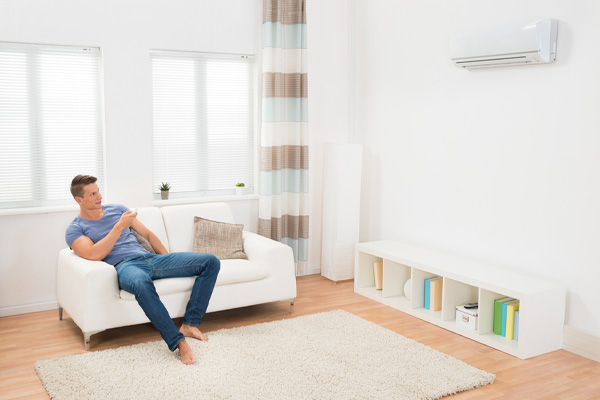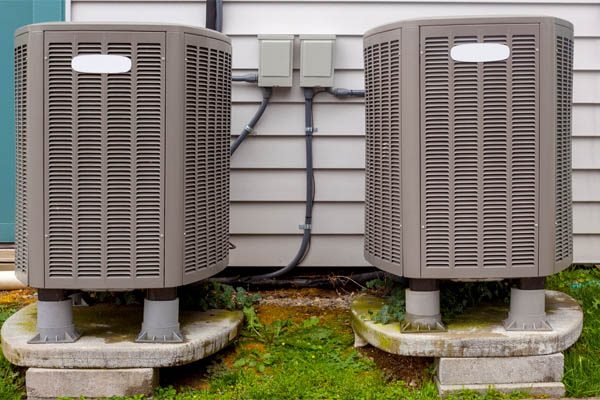
We are always being asked, “What is the space required for ac outdoor unit?”. Basically, all HVAC units require breathing room. They perform better and survive longer with sufficient clearance and ventilation. Therefore, HVAC professionals must follow industry guidelines when installing new air conditioning systems. Additionally, homeowners should be cautious of existing outside air conditioning systems. With time, things like debris accumulate and landscaping may grow too close. Year-round air conditioner condenser perimeter checks are a smart idea. The quantity of space required for an outdoor air conditioning unit will vary, depending on the circumstances. Continue reading to understand more about clearance for air conditioners.
Why Appropriate Clearance Around An Outdoor Air Conditioning Unit Is Vital
HVAC systems require unimpeded airflow both within and around the outside unit. A lack of clearance will prevent them from obtaining sufficient air. As a result, the following complications may occur:
1. Lower Energy Efficiency of Air Conditioners

The cooling system will work harder to compensate for the shortage of air. This will, however, result in increased energy use and electricity expenses.
2. Inadequate Indoor Cooling
The air conditioning system will be unable to provide adequate cooling for the home. While the air conditioner is turned on, residents might still be warm.
3. Excessive Heat Generated by an Air Conditioning Component
The heated air contained within the outside unit will have a difficult time escaping. Air conditioner overheating might lead to costly HVAC repairs and system failure.
How Much Space Around An Outdoor Air Conditioning System Is Required?
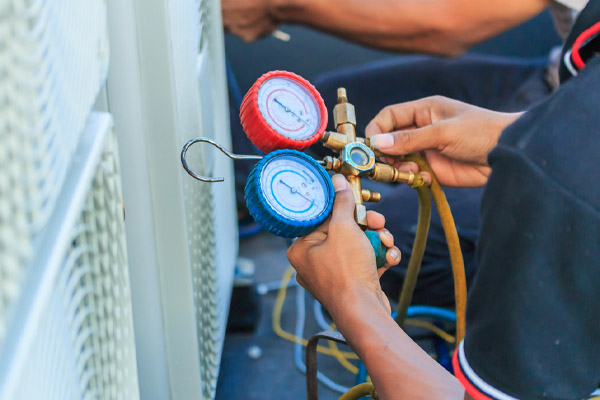
The exterior air conditioning unit is in charge of transferring heat generated within the house outside. It can do so properly only if there is enough airflow surrounding the coils. As a general guide, no less than one foot should be cleared around the unit. Depending on the manufacturer, this may be increased. Consult your owner’s handbook or contact your HVAC contractor for precise instructions. The types of impediments present in the local vicinity will also have an effect on the required minimum clearance. Among the most often expressed issues are the following:
Obstacles Due To Construction
This category includes constructions such as walls and fences that surround the property. If these are constructed of solid materials, they will obstruct airflow. You should avoid placing the outside unit too close to them. The air conditioning system will struggle to keep the house cool. The compressor may potentially be harmed as a result of the prolonged limitation of airflow. It is important to maintain a minimum of two feet of distance between yourself and these impediments. The additional space allows for better air intake and cooling of the unit’s hot coils.
Landscaping Obstructions
Many people dislike the appearance of outdoor air conditioning units. They may believe it is incompatible with the house’s design. They might even obscure the device entirely by growing additional bushes and arranging potted plants around it. While this may result in a more attractive outside, it may present issues within the house. Inefficient HVAC system operation, poor performance, as well as component failure are all possible outcomes of restricted airflow. A two-foot space surrounding the device would be preferable. Due to the speed with which plants grow, residents should regularly trim the perimeter.
Obstructions of a Mechanical Nature
These are the most difficult obstacles for outdoor air conditioning equipment to overcome. Vents for heating appliances, kitchen exhaust, and laundry dryers are all examples of this type of vent. Placing these items too near to the device may result in poor airflow. It may even be harmful, like with fill valves for oil tanks and gas vents. A sufficient distance is required for safety. Four feet is the minimum distance recommended by experts, however, putting them as far away as possible is the ideal option. A different section of the property may be considered by HVAC installers.
Overhead Clearance & Outdoor Air Conditioning System
Bear in mind that the unit’s top is also really important. After you’ve cleared the sides, turn your attention to the items on top of the AC. A lot of today’s models blow hot air up and out at the top. If something obstructs this flow, this will result in overheating.
Dry leaves and branches are among the most common types of debris. Shrubs adjacent to the unit may also grow to the point of covering the top. If the deck is built over the outdoor air conditioner, it might cause problems. The gap between the top and deck boards may be insufficient. Low roof overhangs, as well as decorative coverings, might also be a concern. The minimum recommended overhead clearance is 8ft.
Distance Between Two Outdoor Condensing Units
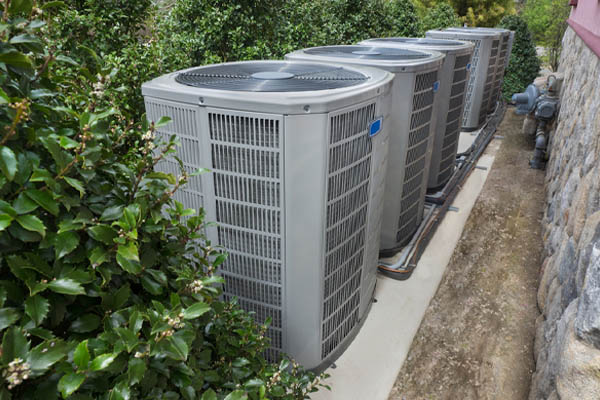
Experienced installers must consider the space between two or more outside devices. They cannot be too near to each other since they will obstruct each other’s airflow. In certain instances, one may experience overheating if it draws hot air from the unit close to it. This will make it difficult for the air conditioner to cool the house. It is critical to maintain a minimum 4-foot distance.
Outdoor Heat Pump Space Requirements
In moderate climates, heat pumps may be an efficient source of heating and cooling. There must be ample space for the outside equipment as well. In winter, it is important to be extra careful because snow and ice may easily cover the unit. The coils must be kept above the snowpack at all times. For optimal system performance, clearing snow from around the heat pump should become a habit. Occasionally, snow will accumulate within the device, necessitating a clean-up. Those who are hesitant to perform the task on their own can seek assistance from HVAC specialists.
Inspection of the Site Prior to HVAC Installation
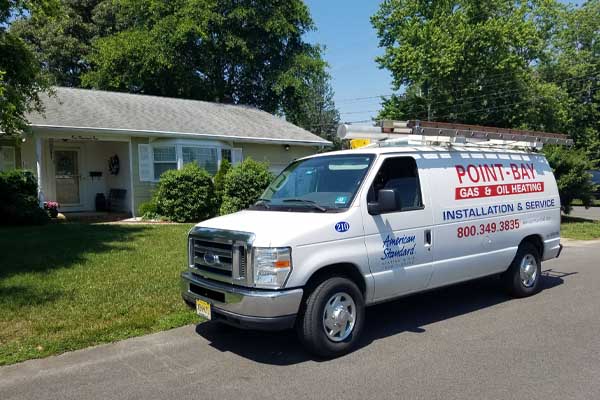
HVAC professionals will visit the site prior to installation to determine the best location for the outside unit. That allows them to know the property’s layout and look for any potential problems with the system’s functioning. All of these factors will assist them in determining the required spacing on all sides. They will be able to design and setup the unit in the most efficient manner possible based on their findings.
Before installation, you should inquire with their installer about required clearances. They may learn more about the subject while also helping to guarantee sufficient spacing by getting more involved. This reduces the likelihood of costly mistakes and performance problems.
Conclusion
For a proper HVAC system installation, there must be enough clearance for the air conditioner. Hire qualified professional air conditioning specialists to prevent future headaches. Through meticulous preparation and flawless execution, their knowledge and experience will ensure the best result.
Contact Point Bay Fuel For Your Air Conditioning Needs

Point Bay Fuel provides exceptional heating and cooling solutions in Ocean and Monmouth County, New Jersey. We recruit only the top certified technicians who are capable of doing superior HVAC tune-ups, repairs, installs, and replacements. The expertise and experience of every one of our technicians ensure that your HVAC system is serviced appropriately.
Point Bay Fuel assures the area’s most affordable heating and cooling service. Our services will boost your comfort while simultaneously increasing your energy efficiency and lowering your house cooling bills. If you find yourself in need of an HVAC unit we can propose the most appropriate system for your house while remaining within your financial constraints. We guarantee all of our work to ensure your pleasure. Give Point Bay Fuel a call now to book an air conditioning unit tune-up or servicing appointment. We give in-house estimates.
Contact us now by calling (732) 349-5059 to speak to one of our home comfort specialists!
The post Why Do I Need Clearance Around An Outdoor Air Conditioning Unit? appeared first on Point Bay Fuel.

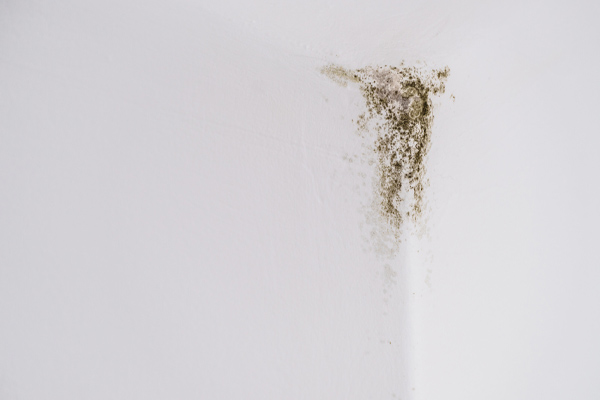

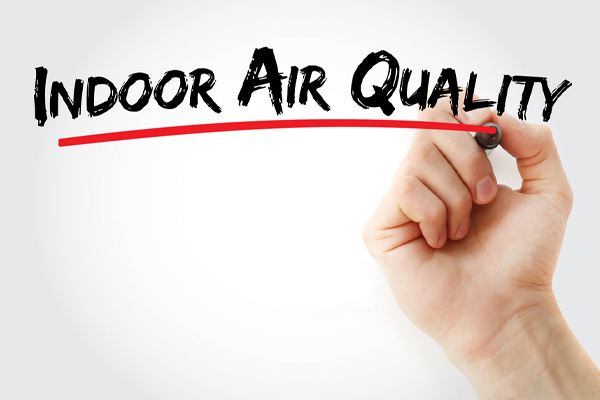



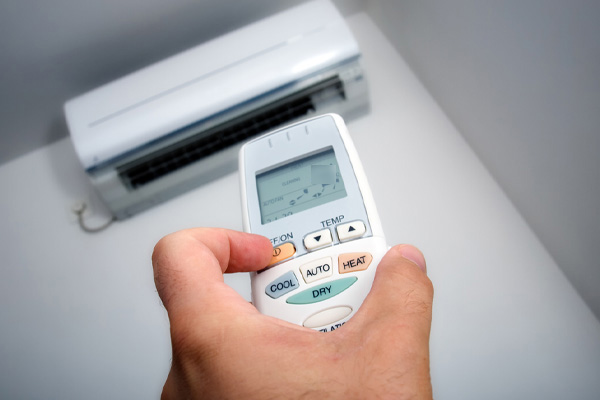
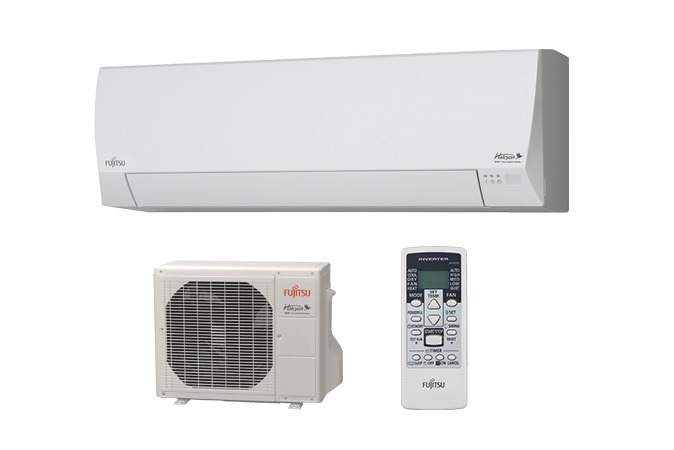 Three primary components that make up a
Three primary components that make up a 